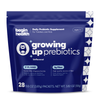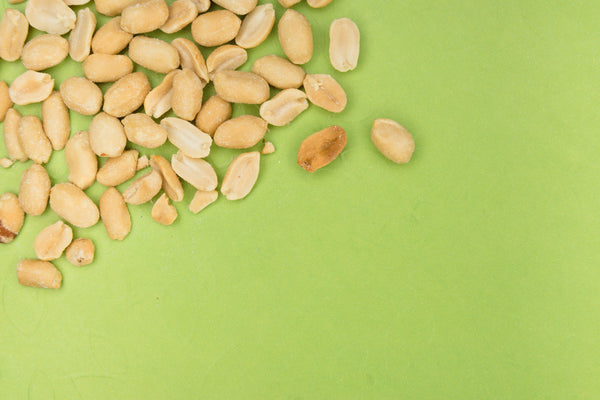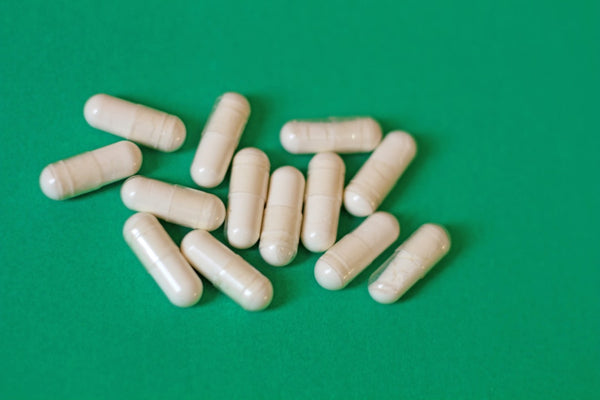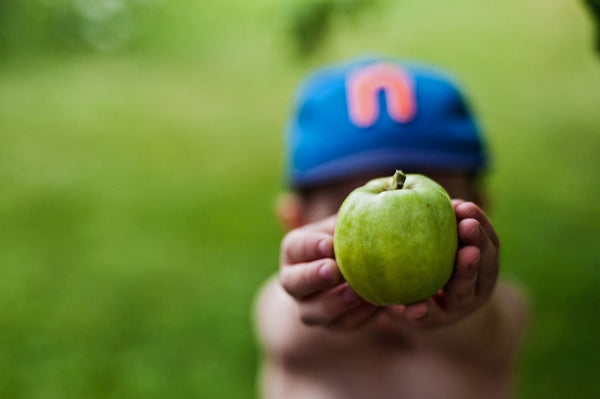5 Tips to Avoid Microplastics and Reduce Your Family's Exposure
share this article

Microplastics, tiny plastic particles less than 5 millimeters in size, have become pervasive in our environment, posing potential risks to human health. As parents, safeguarding our kiddos from these harmful effects is crucial. In this article, we’re reviewing the harmful effects of microplastics and providing five practical tips for families to minimize exposure and protect their little ones' well-being.
Understanding the Harmful Effects of Microplastics
Research has shown that microplastics can absorb and accumulate toxic chemicals, including persistent organic pollutants (POPs) and heavy metals, from the environment. When ingested or inhaled, these microplastics can release these chemicals into the body, potentially leading to adverse health effects such as inflammation, oxidative stress, and disruption of hormonal balance [1].
Daily reads to help your little ones lead happier and healthier lives.
Join the
Happy Gut Club
Sources and Presence of Microplastics
Microplastics can be found in various environmental compartments, including oceans, freshwater bodies, soil, air, and even food and beverages. They originate from a variety of sources, including:
- Plastic Pollution: Large plastic items degrade over time into smaller microplastic particles due to exposure to UV radiation, mechanical abrasion, and weathering.
- Microbeads: Microplastic beads used in personal care products such as exfoliating scrubs and toothpaste can enter waterways directly through wastewater.
- Fibers: Synthetic fibers shed from clothing, textiles, and synthetic materials during washing and laundering contribute significantly to microplastic pollution in water bodies.
- Packaging Materials: Single-use plastic packaging, containers, and wrappers used for food, beverages, and consumer products can degrade into microplastics over time, contaminating food and the environment [2].
Tips for Families to Reduce Exposure
- Choose Non-Plastic Alternatives: Opt for glass, stainless steel, or ceramic containers for storing food and beverages to minimize plastic leaching. Avoid heating food in plastic containers, as heat can accelerate the release of microplastics into food.
- Filter Tap Water: Invest in a quality water filtration system certified to remove microplastics and other contaminants from tap water.
- Minimize Use of Single-Use Plastics: Reduce reliance on single-use plastics by choosing reusable alternatives such as cloth bags, stainless steel water bottles, and bamboo utensils.
- Select Natural Fiber Clothing: Prioritize clothing and textiles made from natural fibers like cotton, wool, and hemp, which shed fewer microplastic fibers compared to synthetic fabrics.
- Support Sustainable Practices: Advocate for policies and initiatives that promote plastic waste reduction, recycling, and sustainable consumption within your community [3].
Summary
Microplastics pose a significant environmental and health concern, with potential adverse effects on human health and well-being. By understanding the sources and prevalence of microplastics and adopting proactive measures to minimize exposure, families can help protect their little ones from the harmful effects of these pervasive pollutants.
















